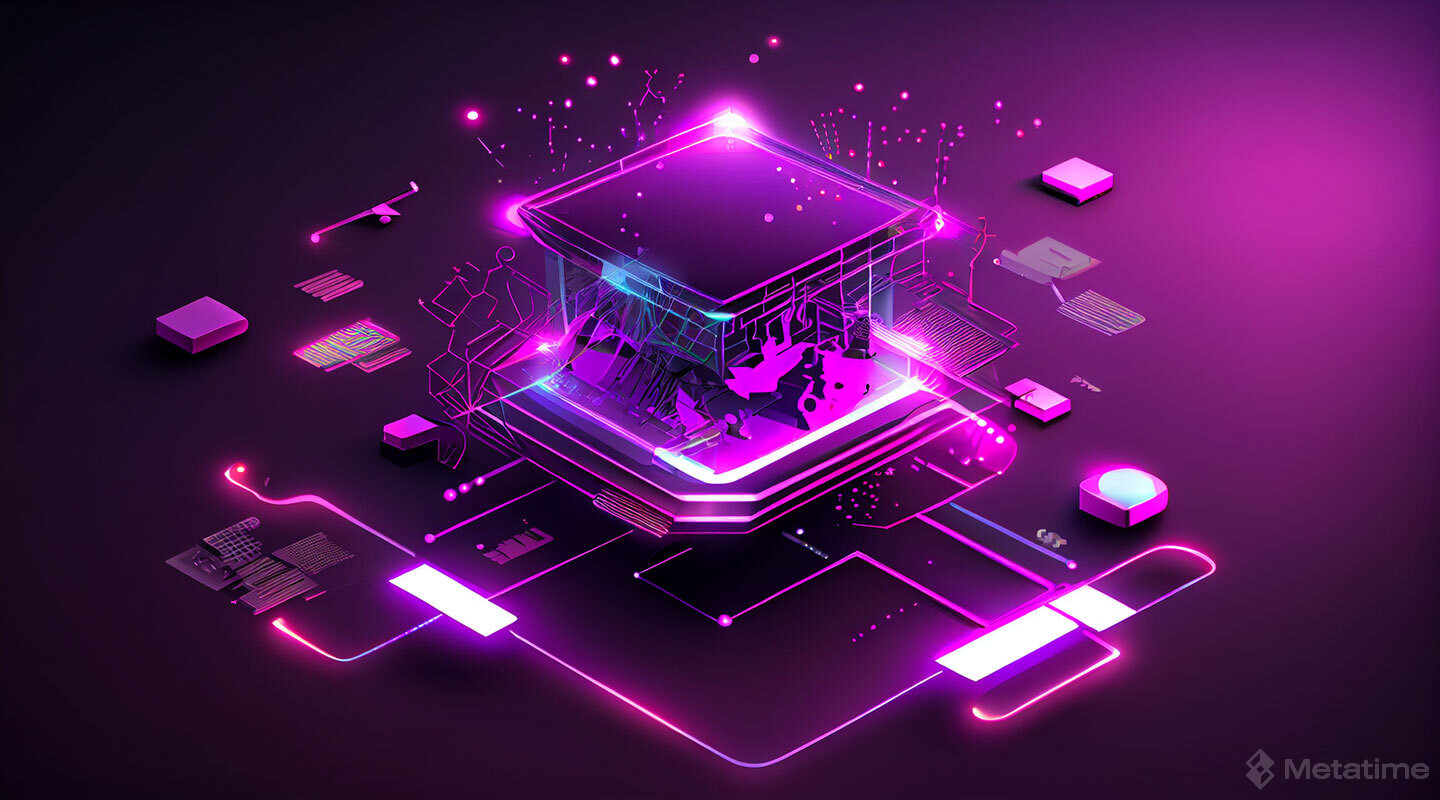DPoS is used to verify and secure data sharing on a decentralized blockchain network. To verify the transactions that take place on blockchain networks and to start new transactions, consensus must be reached.
An alternative to the Proof of Stake (PoS) mechanism, DPoS aims to speed up the verification of transactions and block creation time without changing the decentralized structure of the blockchain network. DPoS is considered a more efficient version of the PoS mechanism. The DPoS mechanism was developed in 2014 by Dan Larimer, the former CTO of EOS.
Here are some of the cryptocurrency projects that use the DPoS mechanism:
- EOS (EOS)
- Cardano (ADA)
- BitShares (BTS)
- Steem (STEEM)
- TRON (TRX)
How Does Delegated Proof of Stake Work?
In Proof of Work (PoW), the security of the network is ensured by the energy spent by miners, while in Proof of Stake (PoS), it is ensured by the cryptocurrencies that users stake or lock. In DPoS, to ensure security, users delegate the task of verifying transactions to third parties, namely delegates.
In DPoS, instead of voting through their staked assets, as in the PoS mechanism, users elect delegates who are responsible for consensus. The elected delegates are responsible for the generation and verification of new blocks. During the election of delegates, users gain voting rights based on the number of cryptocurrencies they hold and link them to a delegate by transferring assets to the staking pool.

Delegates are selected during the verification process of a block and their selection for the next block is not guaranteed. Delegates are chosen between 20 and 100. Delegates receive transaction fees from the blocks they verify and share the fees with users based on the number of assets they stake. The more cryptocurrencies users stake, the more likely they are to be selected as a delegate.
With DPoS, network participants also elect delegates who are responsible for administration. Delegates review the protocol and governance but are not involved in the verification process. Delegates can submit proposals to change the size of blocks or the transaction fee paid to users, and these proposals can be voted on by network participants.
What Are the Advantages and Disadvantages of DPoS?
DPoS follows a more democratic way of selecting validators. Delegated Proof of Stake consensus offers users an equal and fair opportunity to participate. DPoS gives the chance to choose delegates or block producers with the possibility of voting. DPoS also enables faster transactions with significant energy efficiency.
Since DPoS has a limited number of validators, it has a 51% attack risk. Also, the limited number of delegates reduces decentralization. Users must vote for delegates to maintain the network. Therefore, network participants must be active or the network will not work.
DPoS vs PoW
Proof of Work (PoW) is an alternative to Proof of Stake (PoS). PoW is known as the most secure consensus mechanism, but it still lacks energy efficiency and scalability. DPoS, on the other hand, was introduced to make the process of issuing new blocks on the network easier, and therefore networks with DPoS mechanisms can process a larger number of transactions faster.

DPoS vs PoS
The DPoS mechanism is maintained by voting users and delegates tend to be safe and effective. Otherwise, they are removed from office. Networks operating with the DPoS mechanism are considered faster than PoS in transactions per second. In the PoS mechanism, validators are determined by the number of tokens they stake. In DPoS consensus, the validators are determined by a democratic system. The limited number of validators offers better scalability for the network.
In Proof of Stake, the management of the network is based on coding rules and parameters. In PoS blockchain networks, if there is a change to the rules, this can lead to a fork.
The DPoS mechanism is more widely used and is considered faster. Delegates can propose new changes to the protocol and these need to be voted on by users to be implemented.







